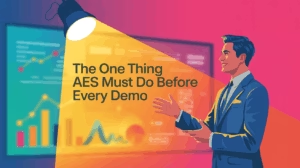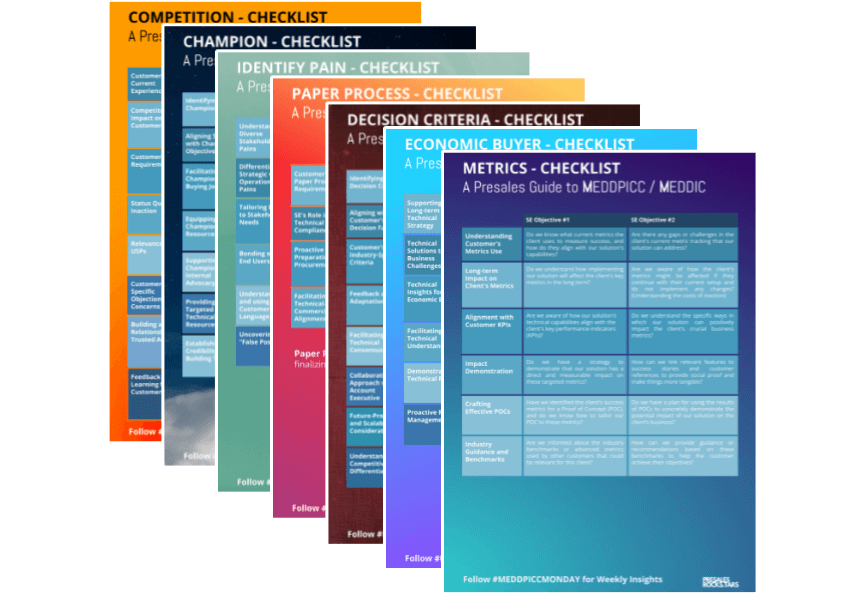I talk to a lot of presales and sales engineers about the challenges they face when presenting software to potential customers. The main issue that comes up? Not having enough customer insights. But here’s something I’ve noticed that’s equally problematic: delivering generic demos, even when we do have great discovery insights.
Sure, sometimes we don’t have the time to fully prep for a demo, or we fall back on our comfort zone with the standard demo path we’ve used a hundred times. But here’s the reality: a one-size-fits-all demo rarely fits anyone perfectly.
If you want to stand out, cut through the noise, and get your prospects engaged, you need to tailor your demos. Here’s why:
Why Tailored Demos Win
Personalization and Relevance Are King
Your demo shouldn’t just showcase your product. It should show how your product solves the specific challenges your prospect is facing. Personalization is the key to making your demo resonate with your audience. When your demo feels relevant to their world, you have their attention—and their interest.
Echo Their Language
During the discovery process, your prospect will share a lot of insights. Listen carefully and note the language they use. When it comes time to demo, mirror those terms and phrases. By doing this, you show that you’re not just pitching a product—you’re aligning with their world and speaking their language. This small but powerful move helps build trust and demonstrates that you understand their needs.
Connect Features to Their Pain Points
Don’t just show features for the sake of it. Tie every feature you demonstrate back to a specific issue or challenge the prospect mentioned during discovery. When you connect the dots between their problems and your solution, it becomes crystal clear how your product can make their lives easier. The demo stops being about features and starts being about value.
Focus on Solutions, Not Just Features
One of the biggest mistakes in demos is listing off a bunch of features without context. What’s more important is showing how those features solve problems or improve your prospect’s workflow. Explain the solution your product offers. For example, instead of saying, “Our software can generate reports,” say, “Our software will cut the time it takes you to generate compliance reports by 70%, giving you more time to focus on strategy rather than admin work.”
The Outcome? A Demo That Clicks
When you personalize your demo to your prospect’s specific needs, it’s not just a showcase of your product’s capabilities. It becomes a demonstration of its value within the context of their business. Your demo isn’t just another sales pitch—they see how your product can make a real difference in their day-to-day operations.
There’s No Such Thing as a „Golden Demo“
Every prospect is different. Every business has unique needs. That’s why the idea of a “golden demo” that works for everyone is a myth. The truth is, your demo needs to be flexible and adaptable. It has to be tailored to the specific audience in front of you. If you don’t adapt, you risk losing them.
So, next time you’re prepping for a demo, remember: focus on personalization, speak their language, tie features to pain points, and highlight solutions, not just features. When you tailor your demo, you turn it into a powerful tool that not only showcases your product but demonstrates its value in a way that’s meaningful to your prospect.
If you want to win, you have to adapt. There’s no one-size-fits-all demo—only the right demo for the right customer.





